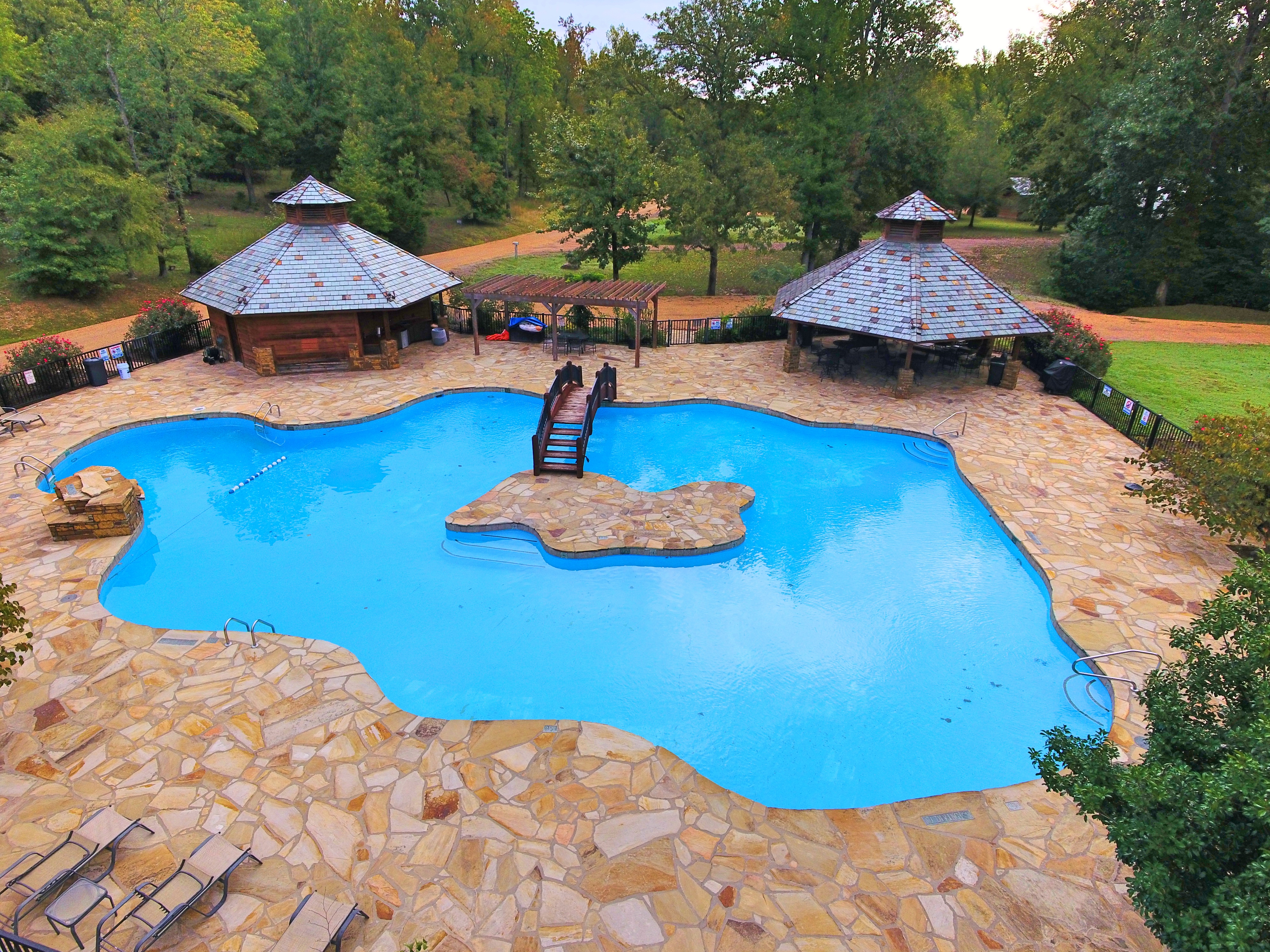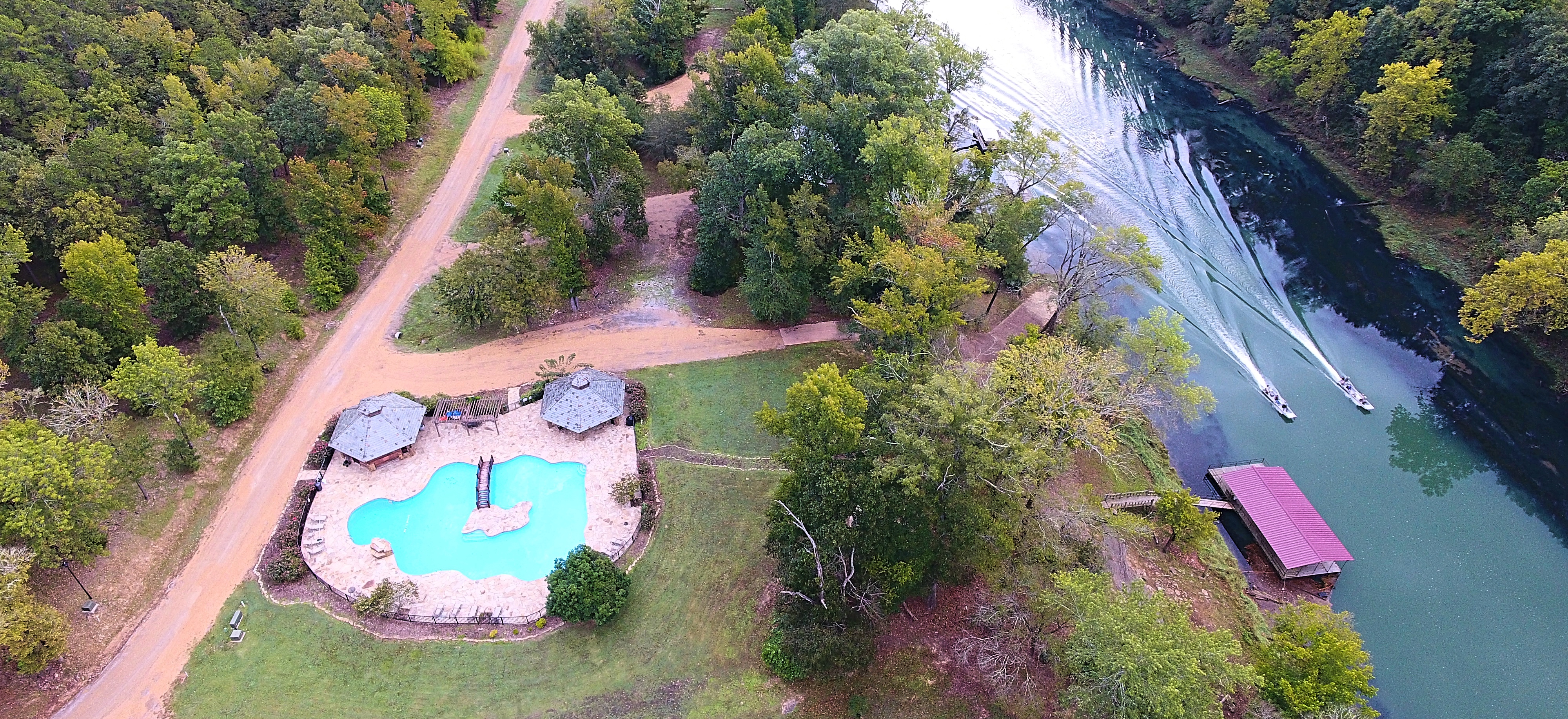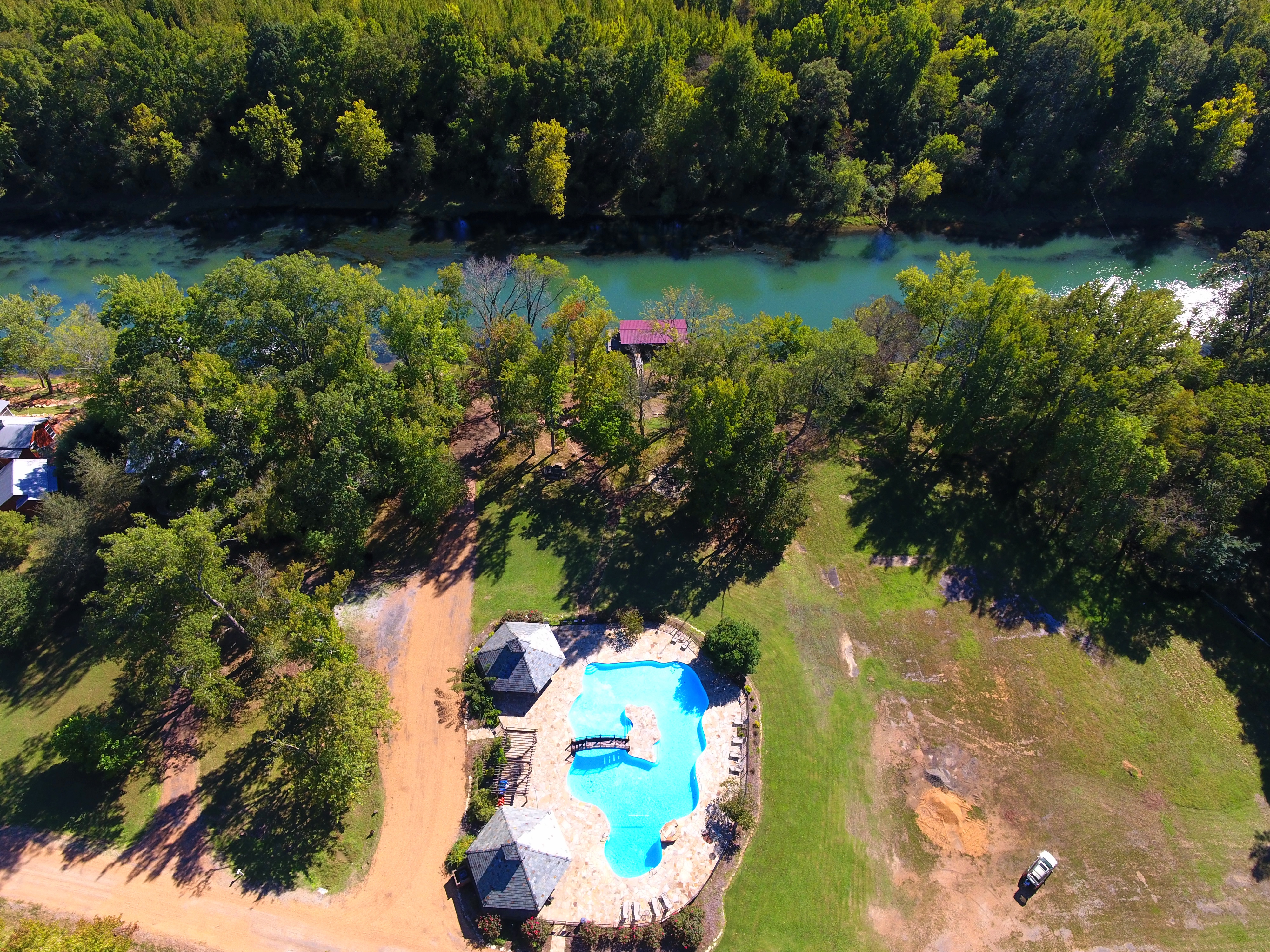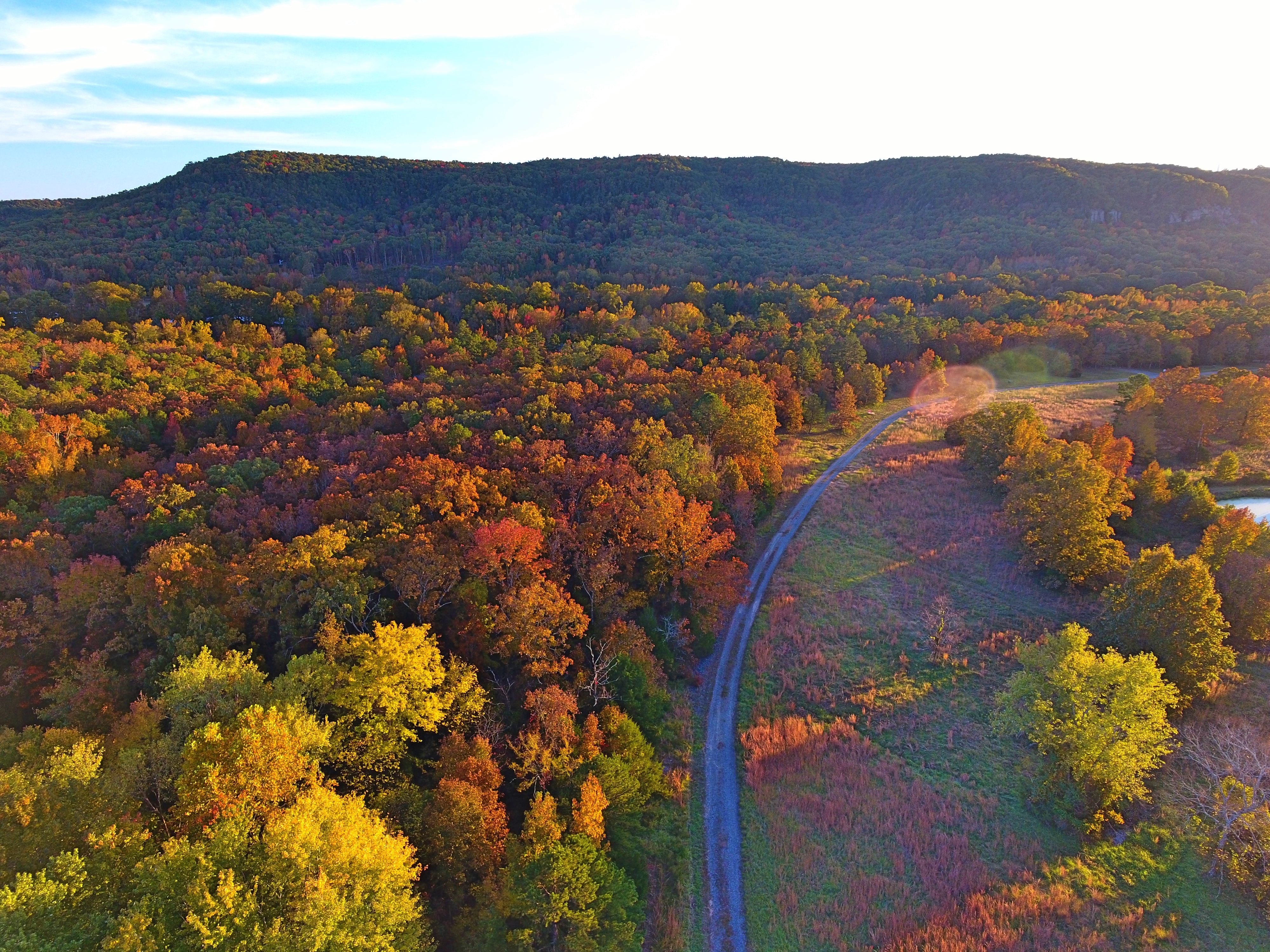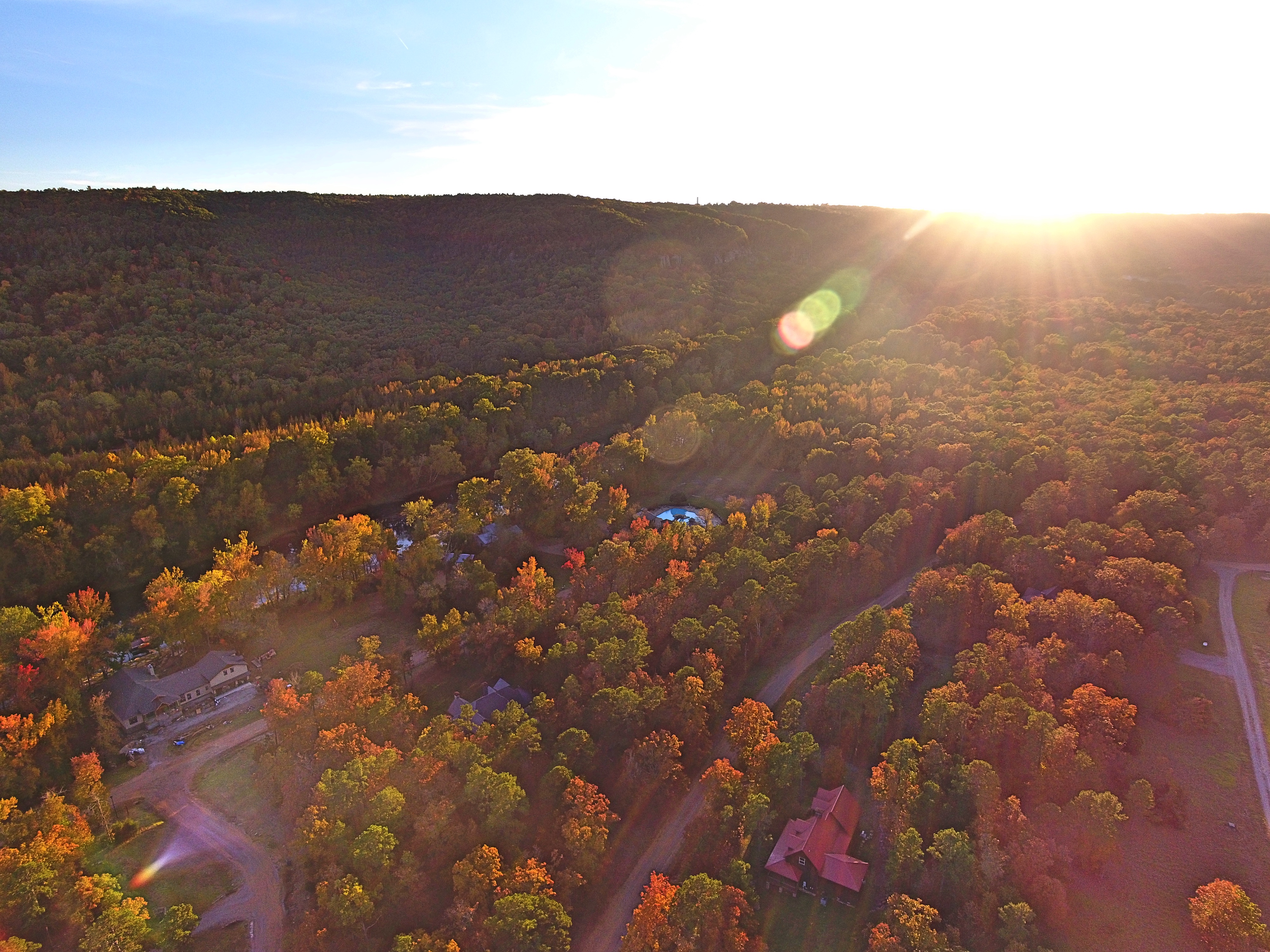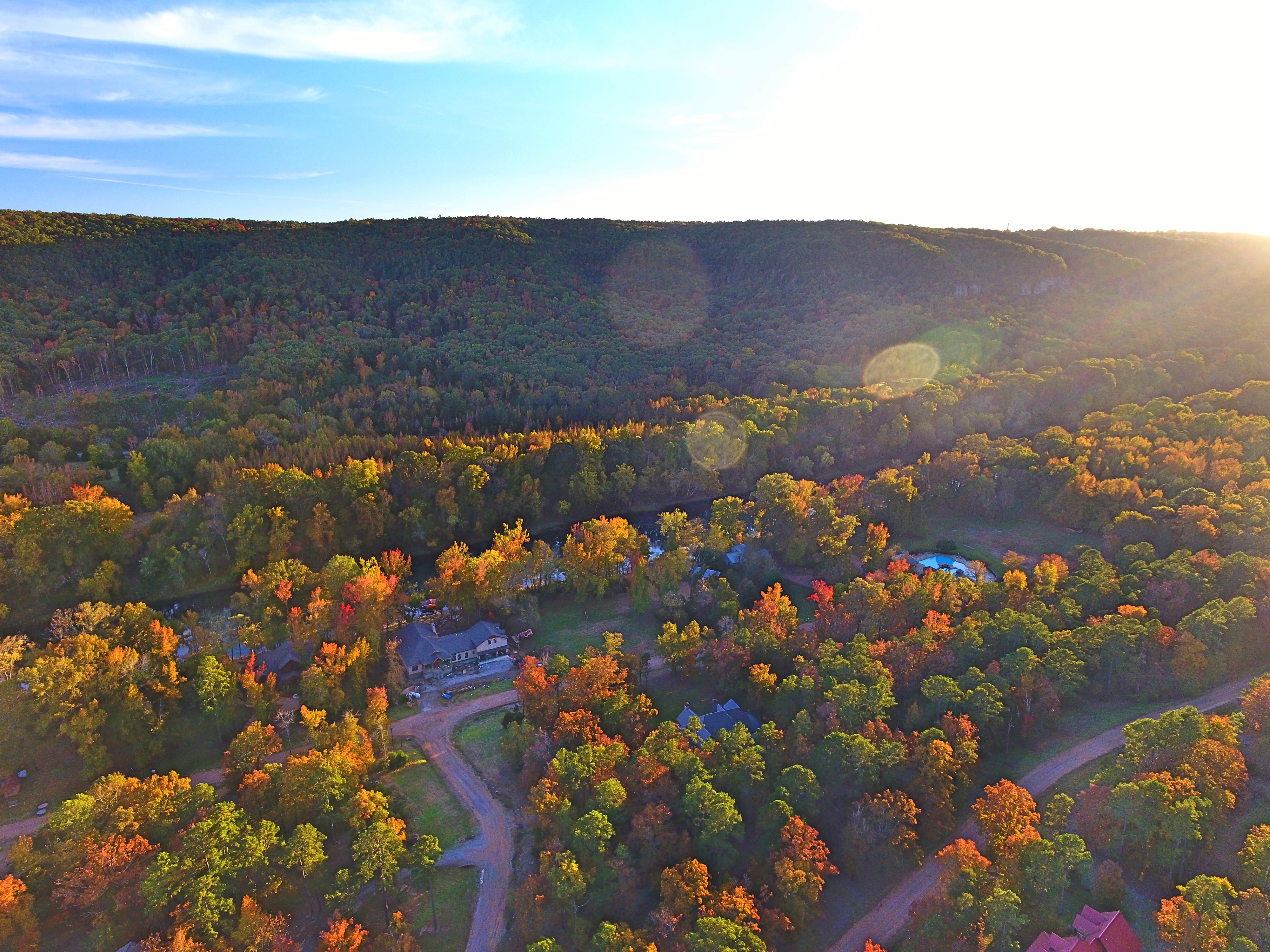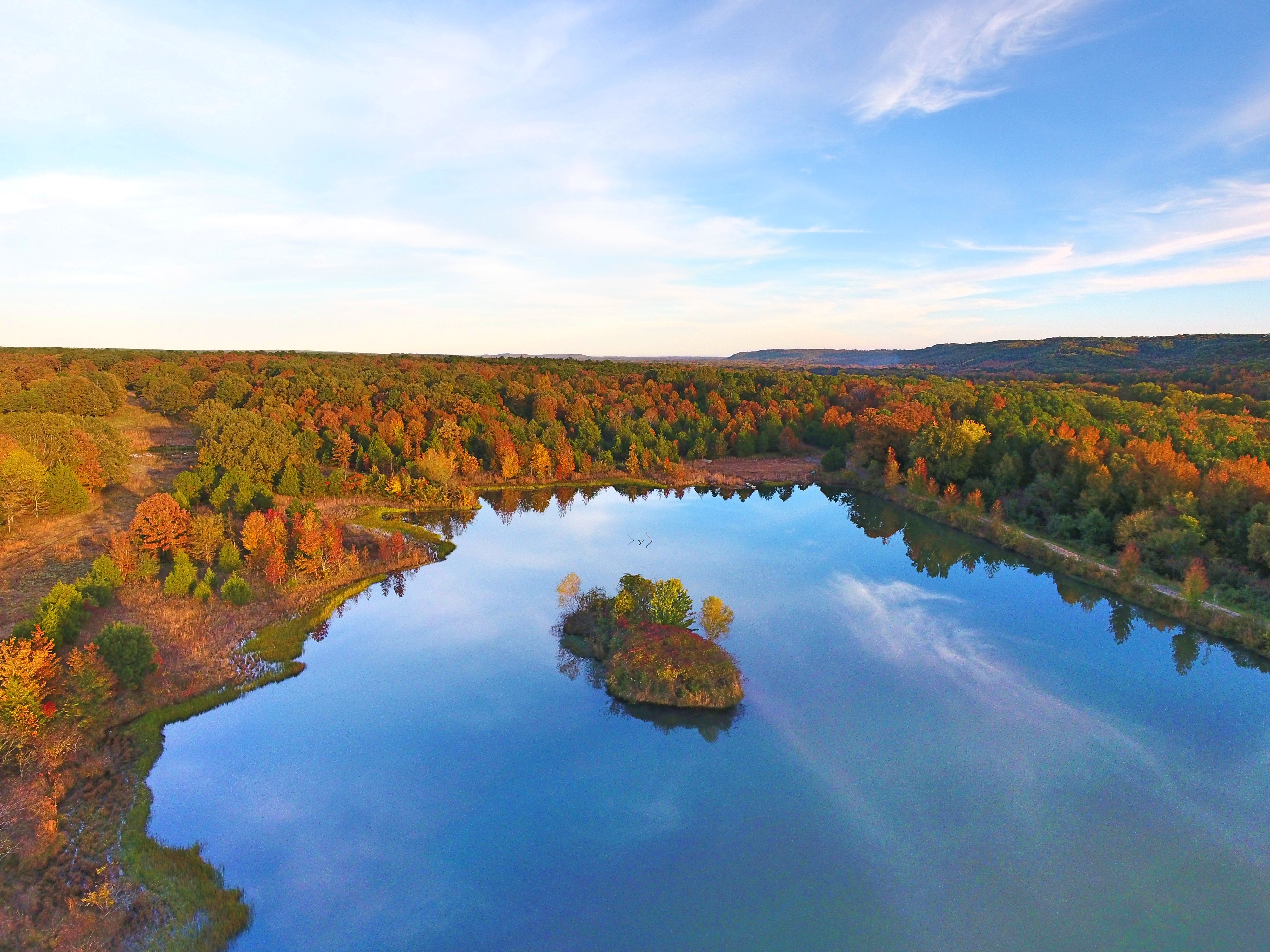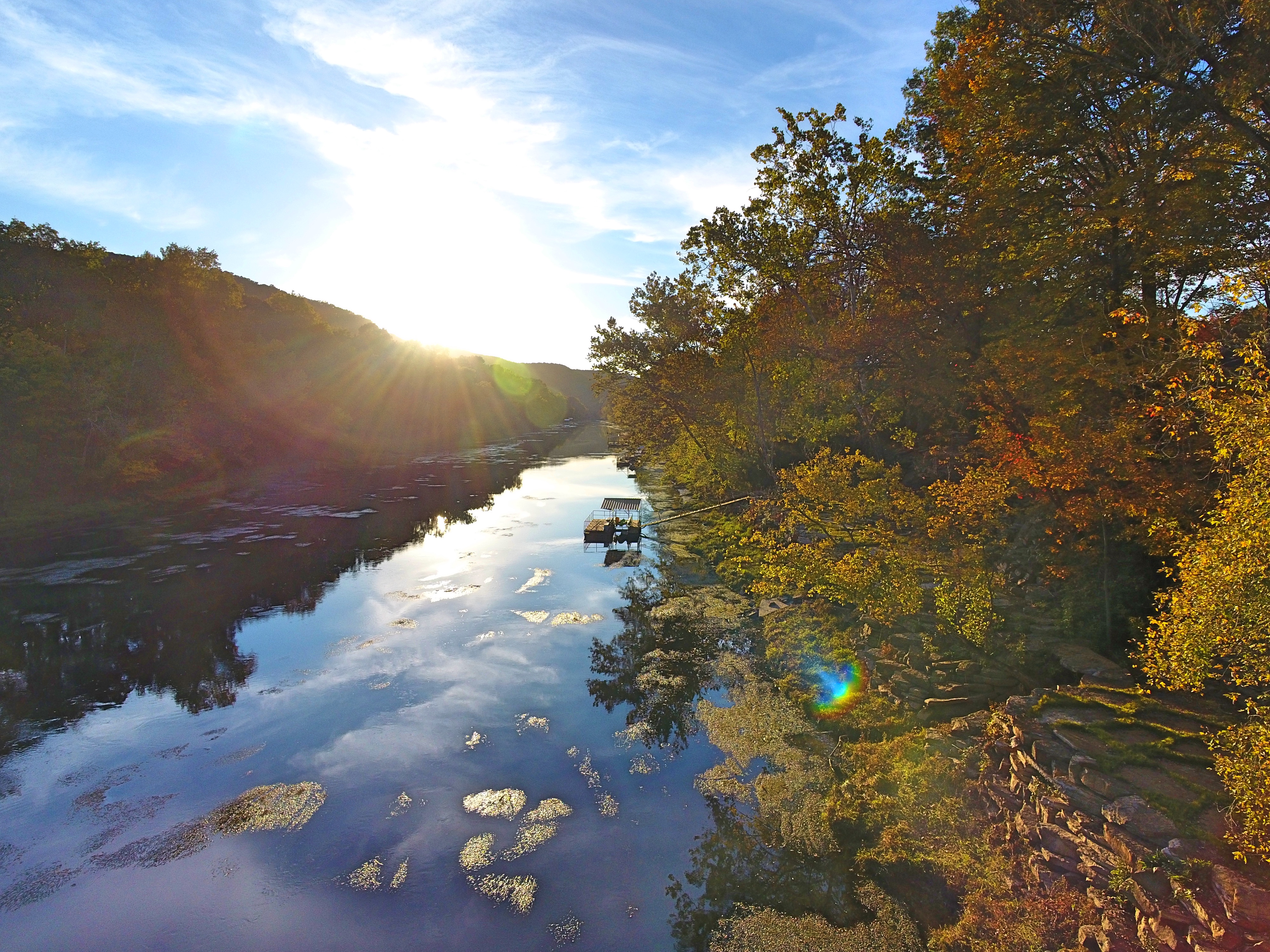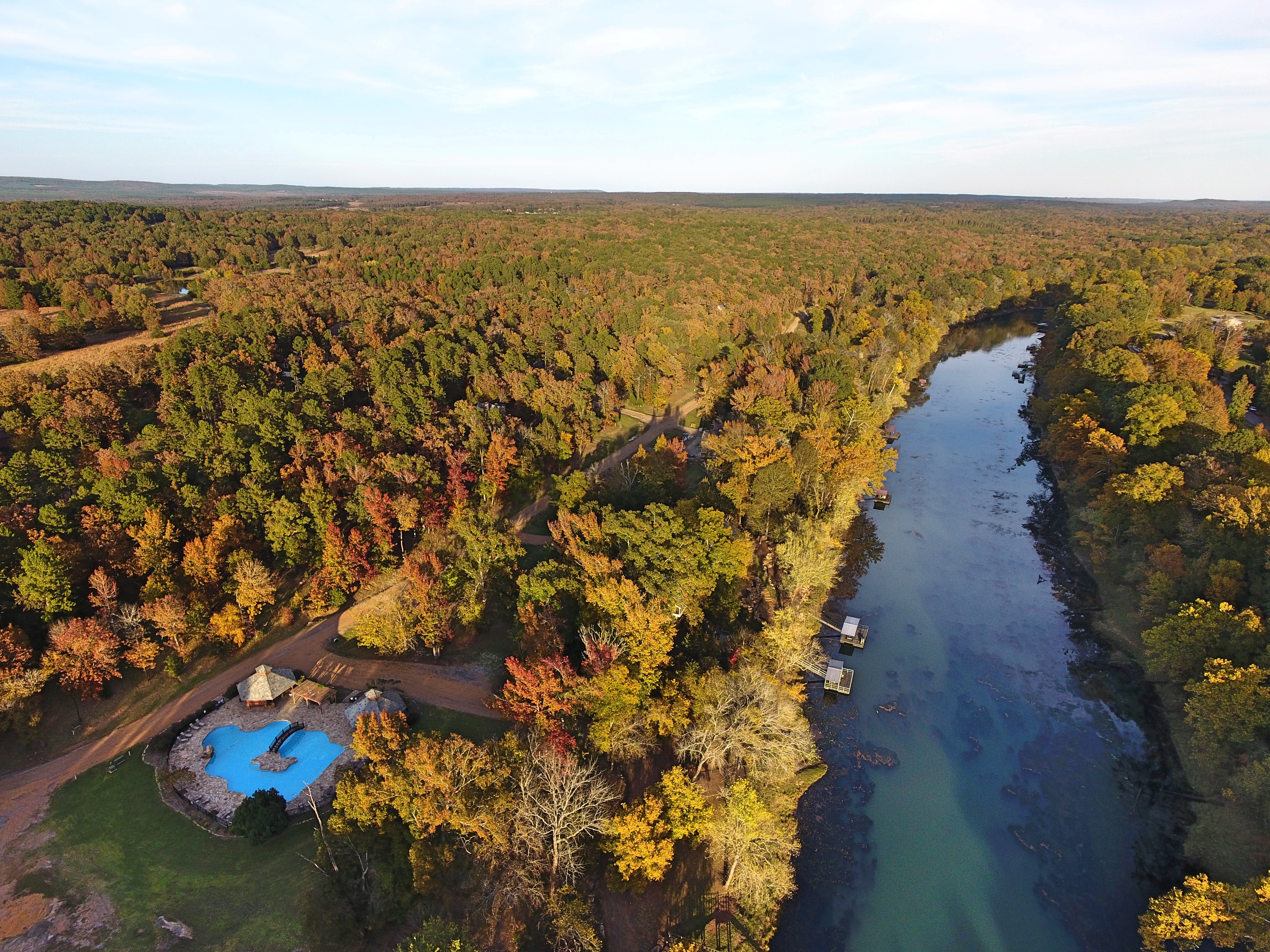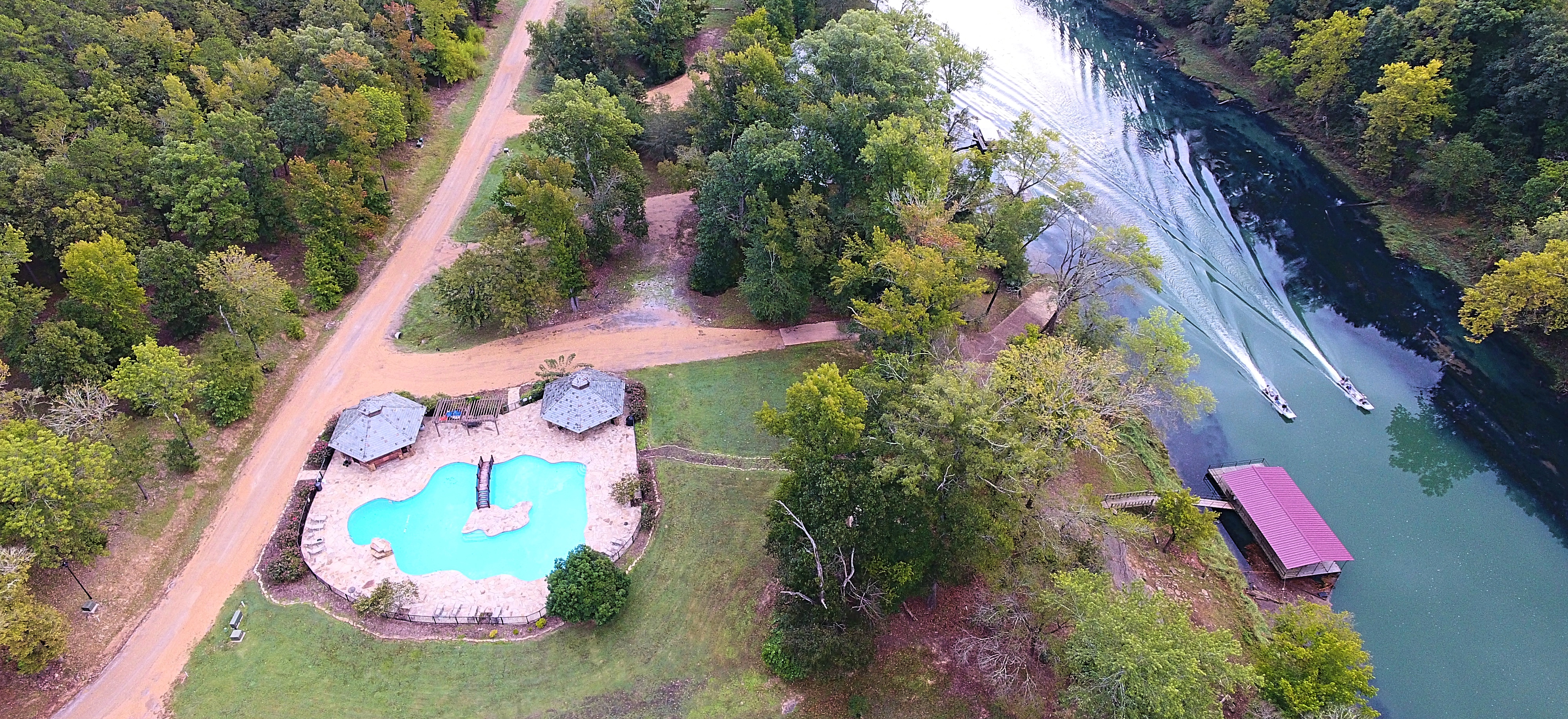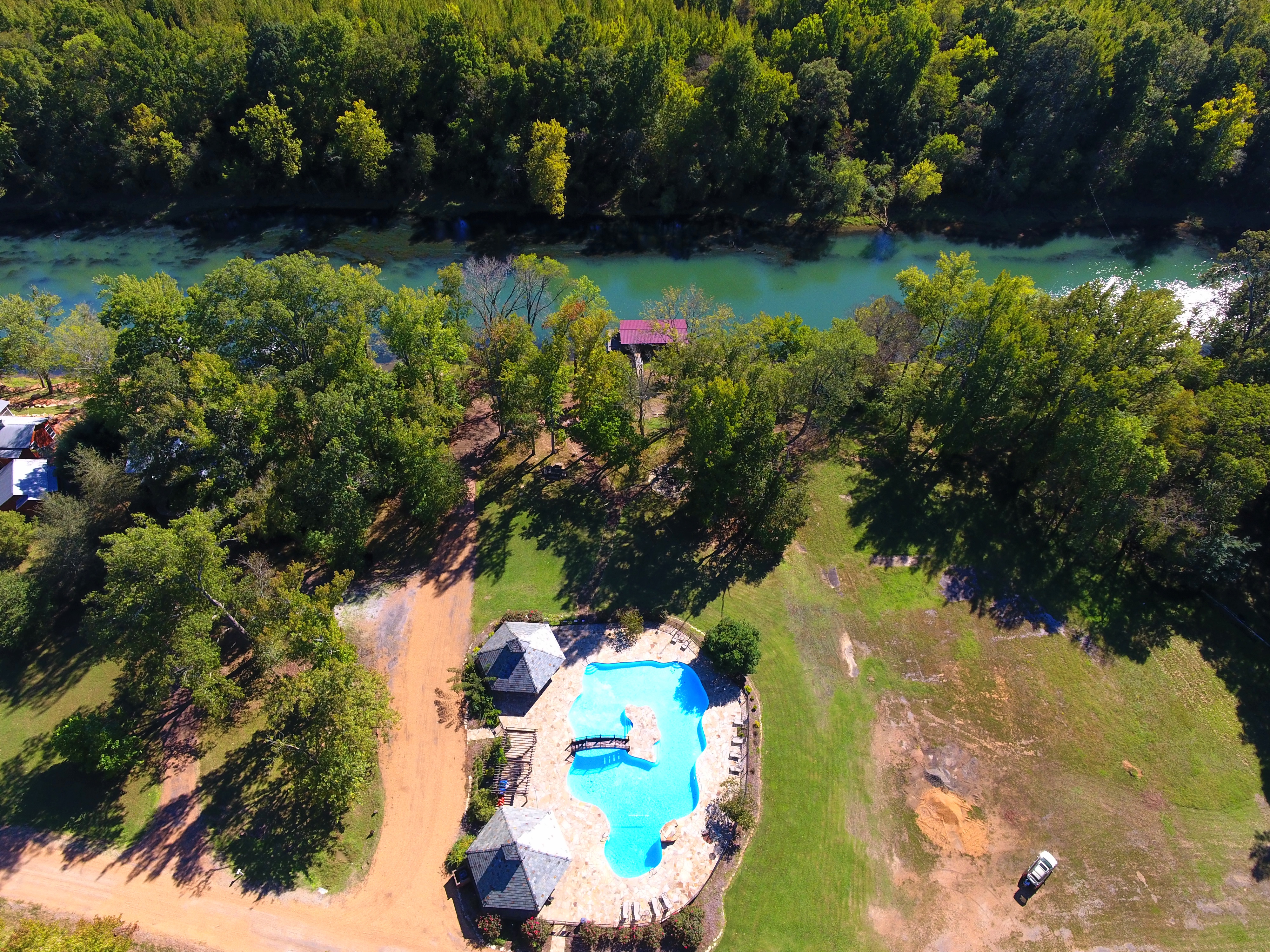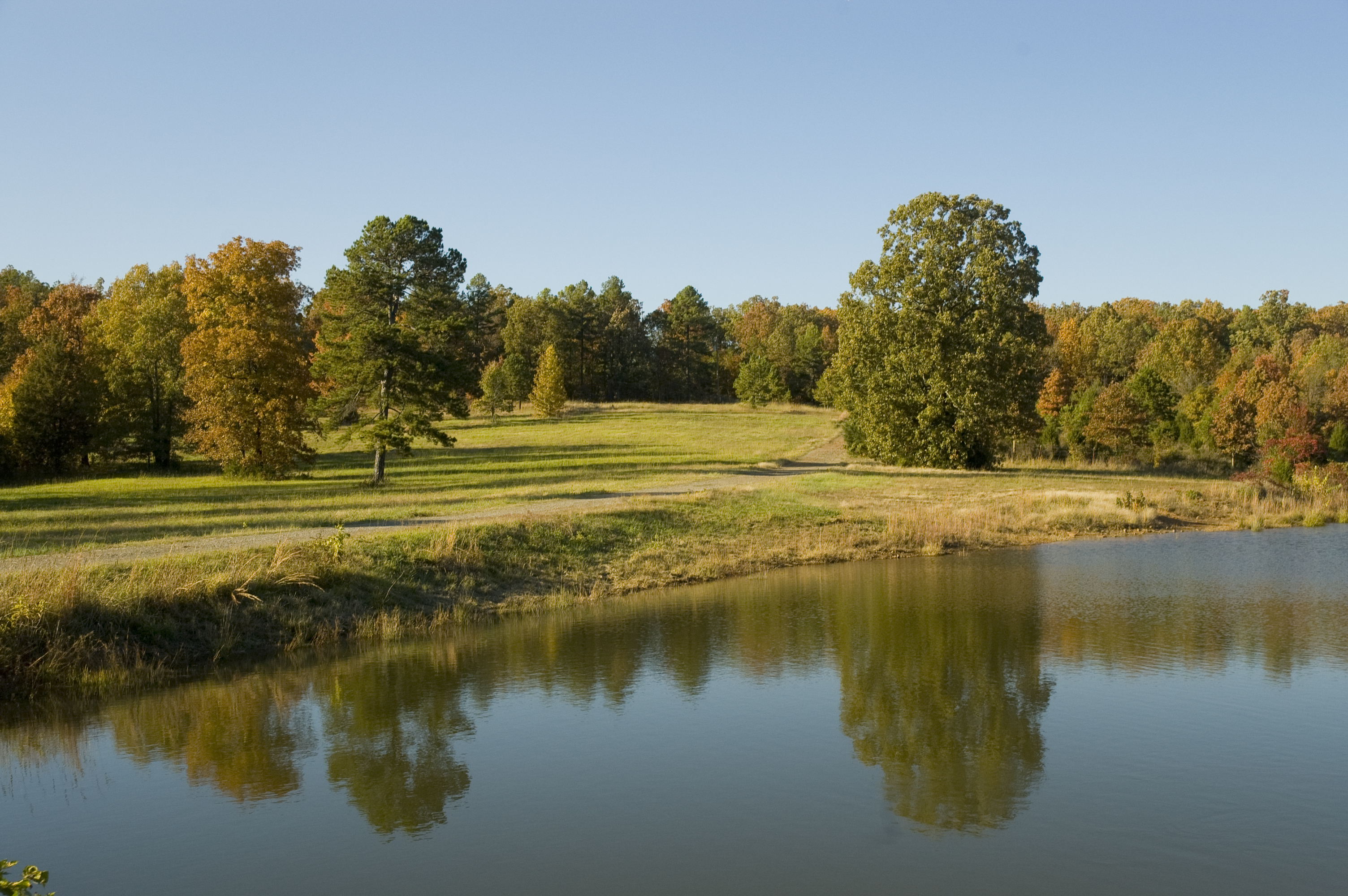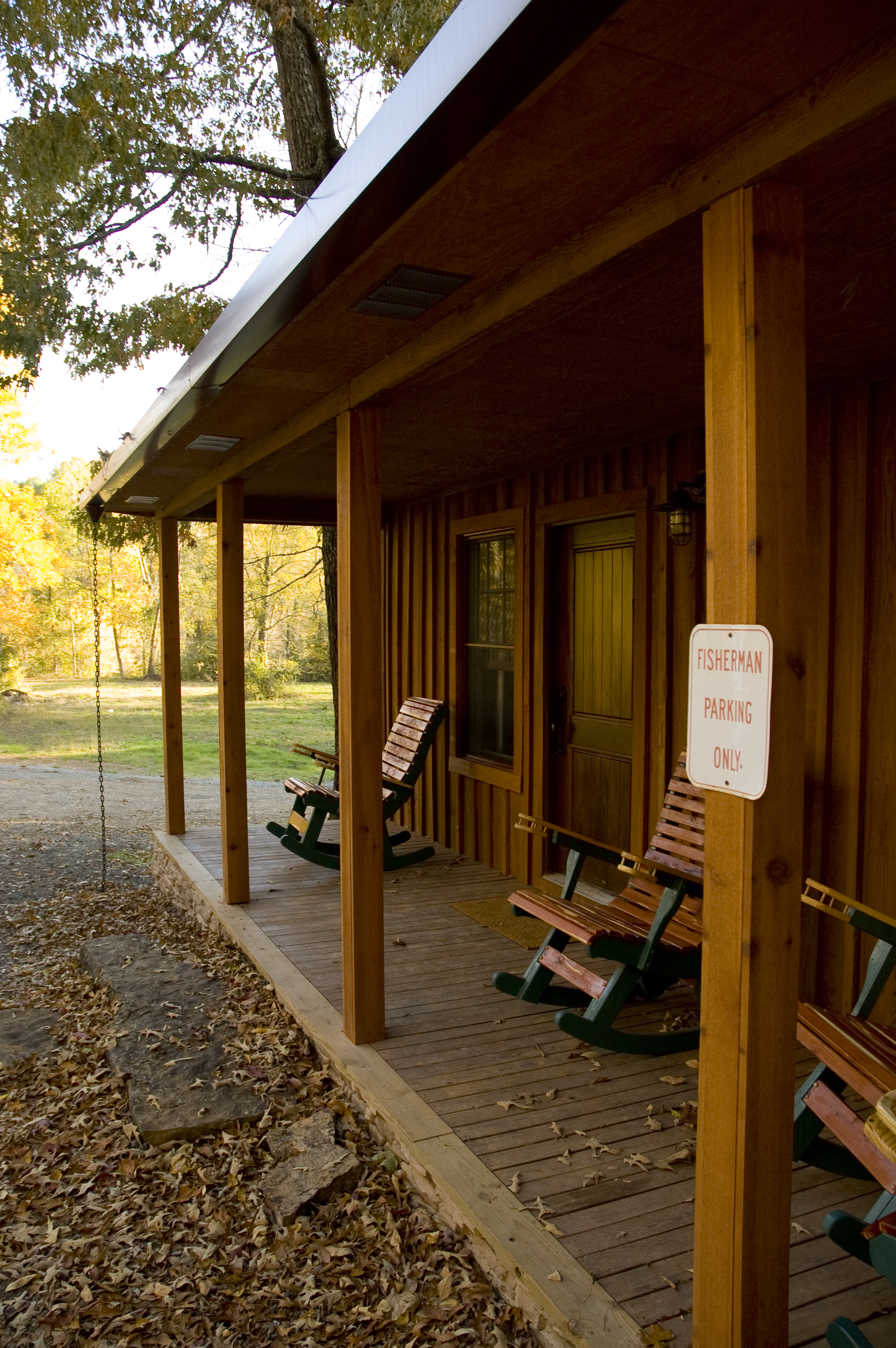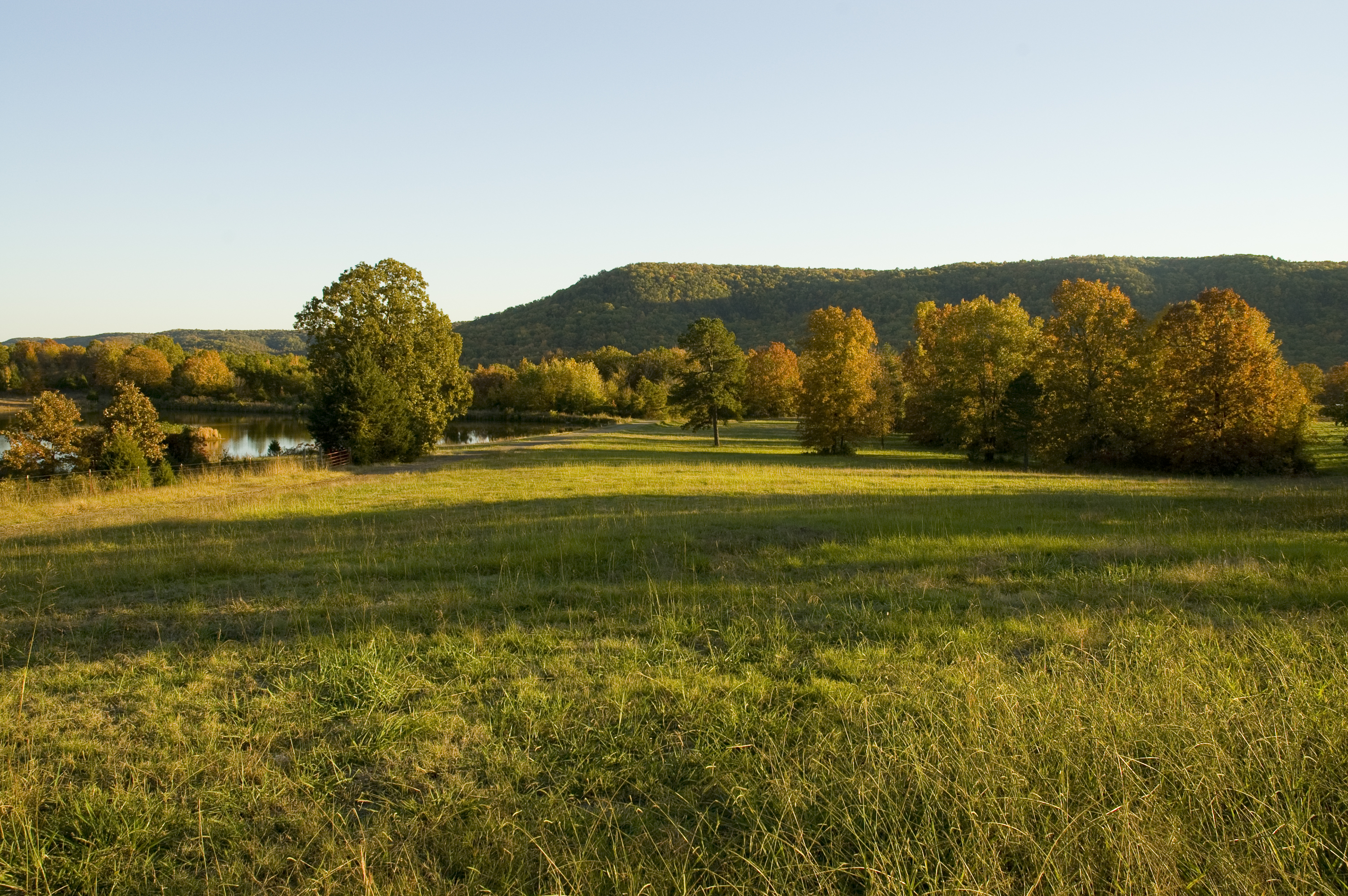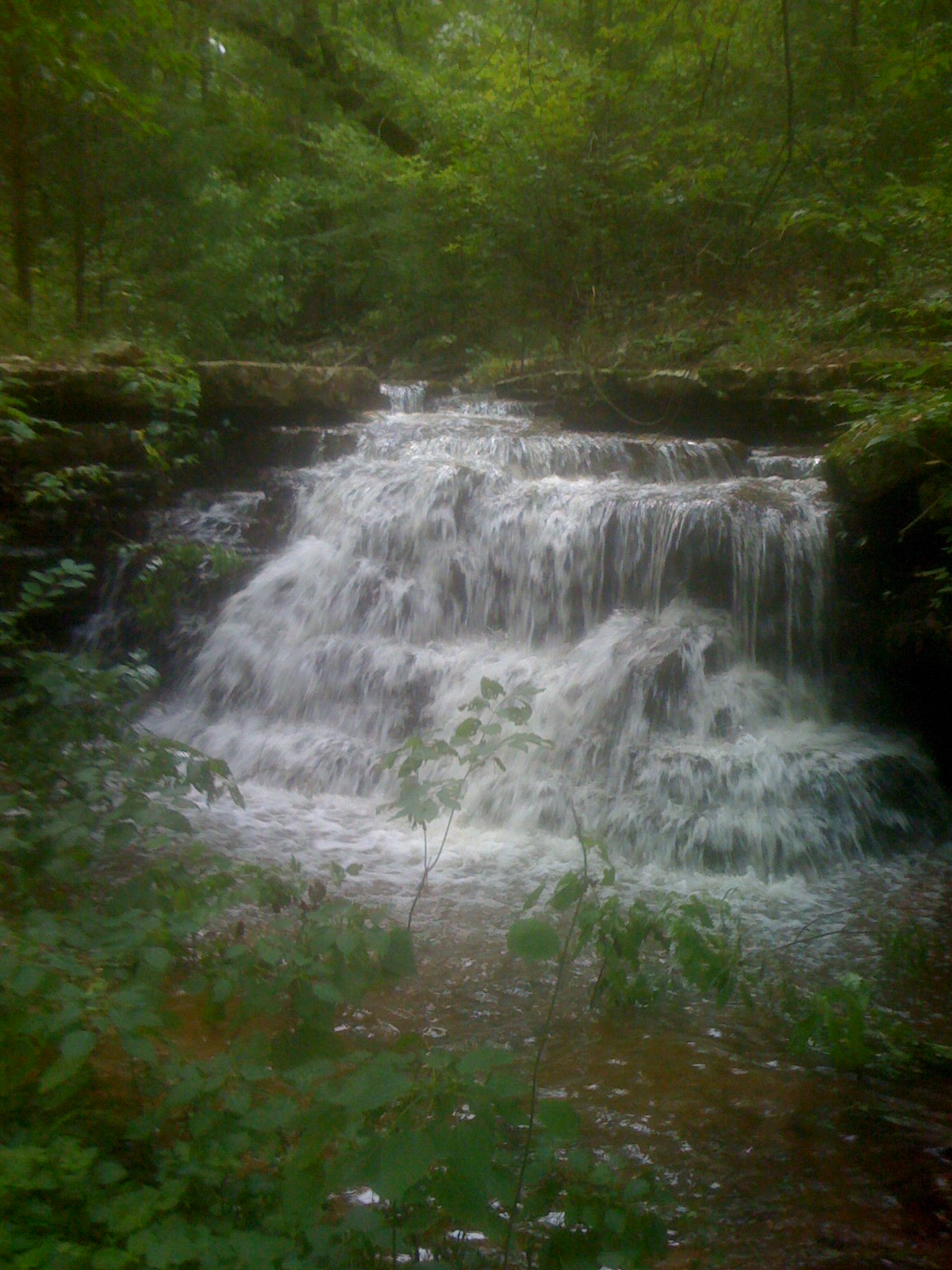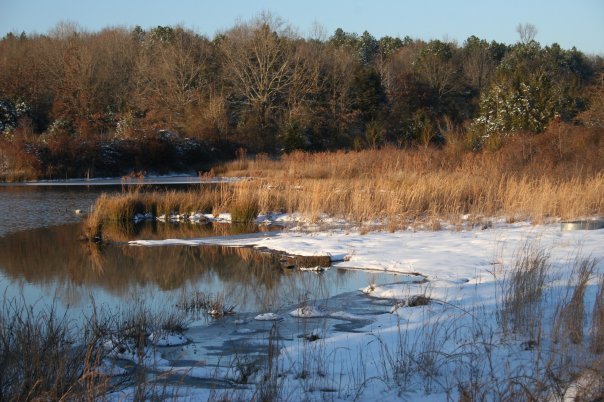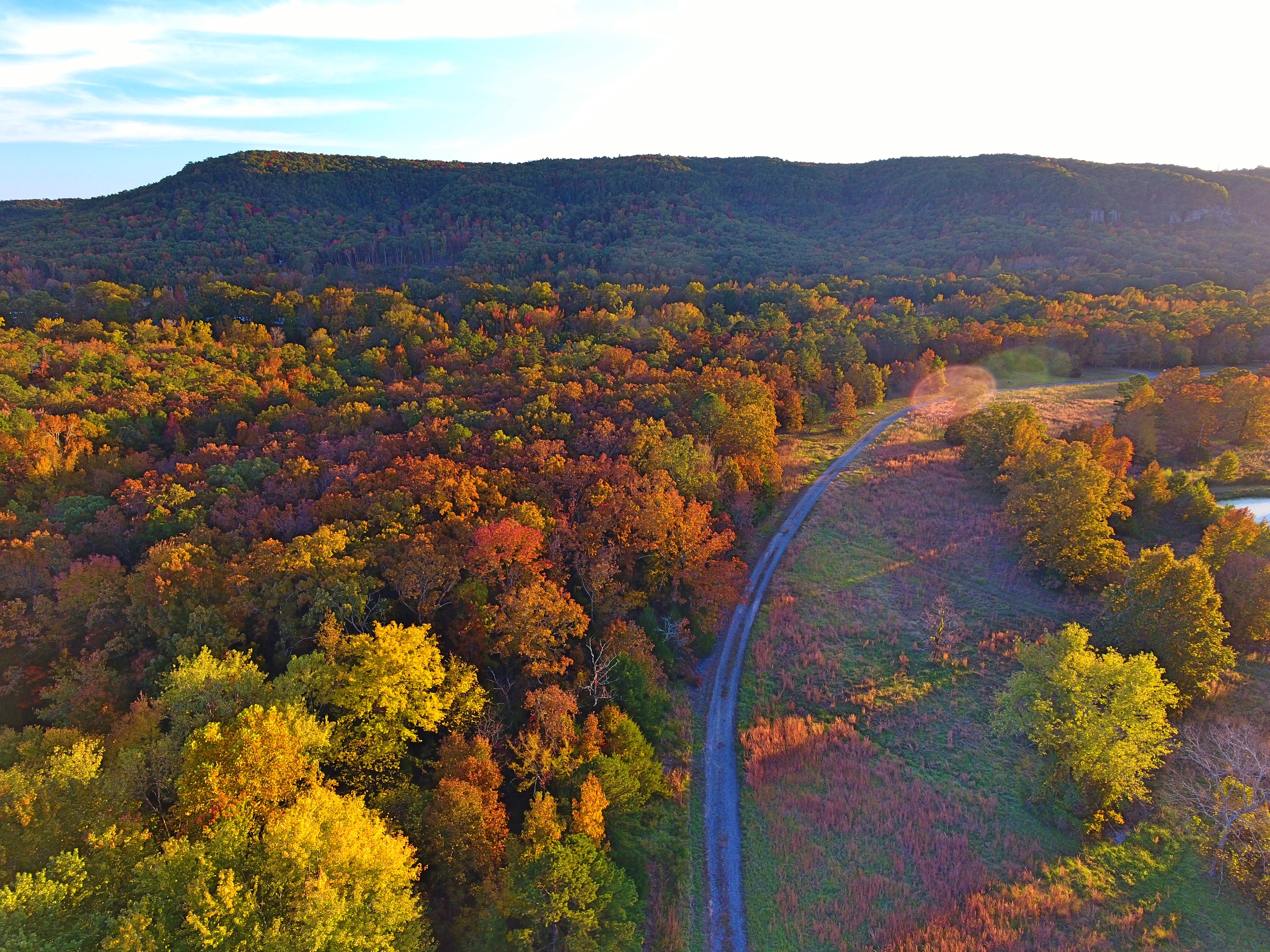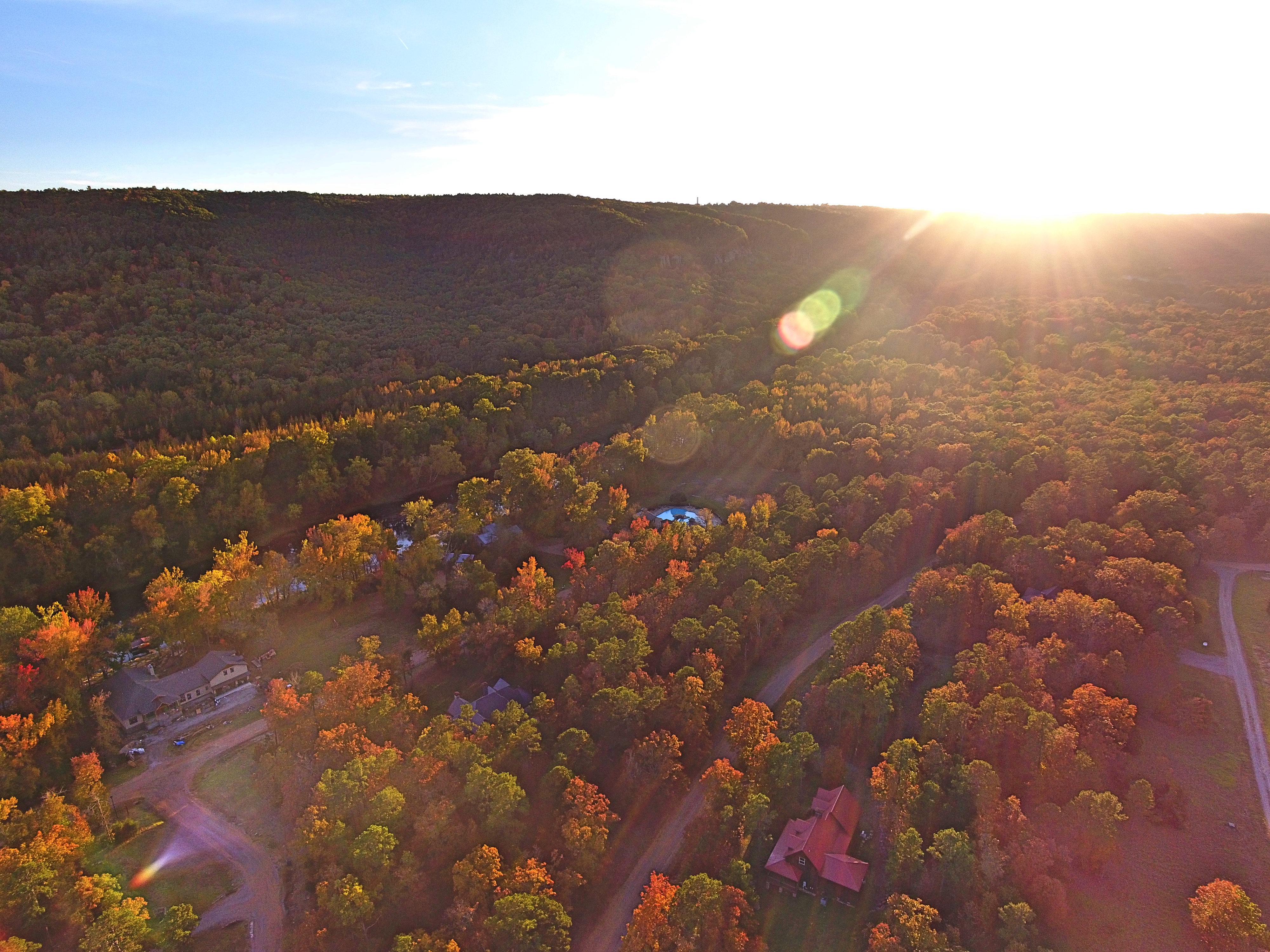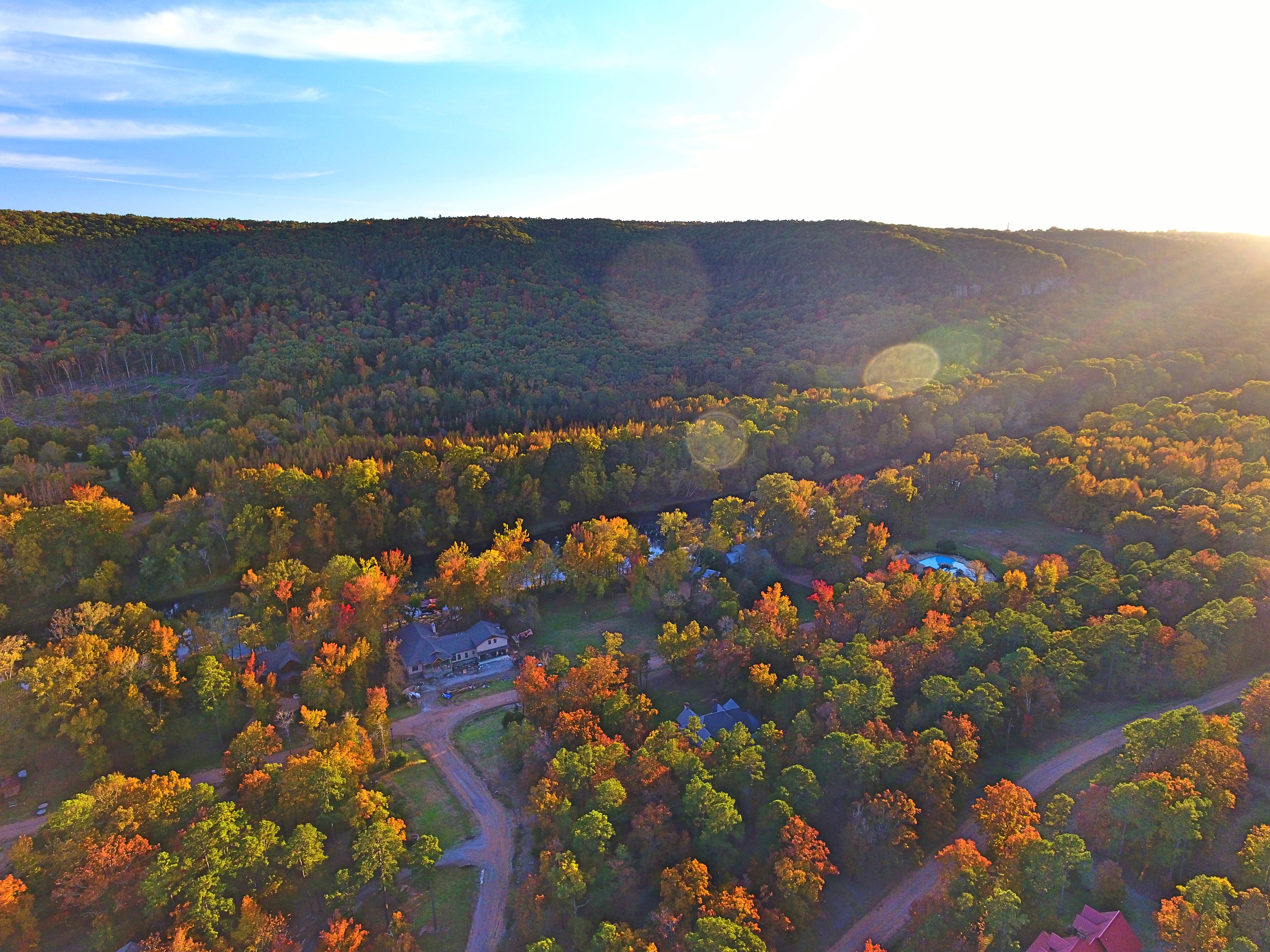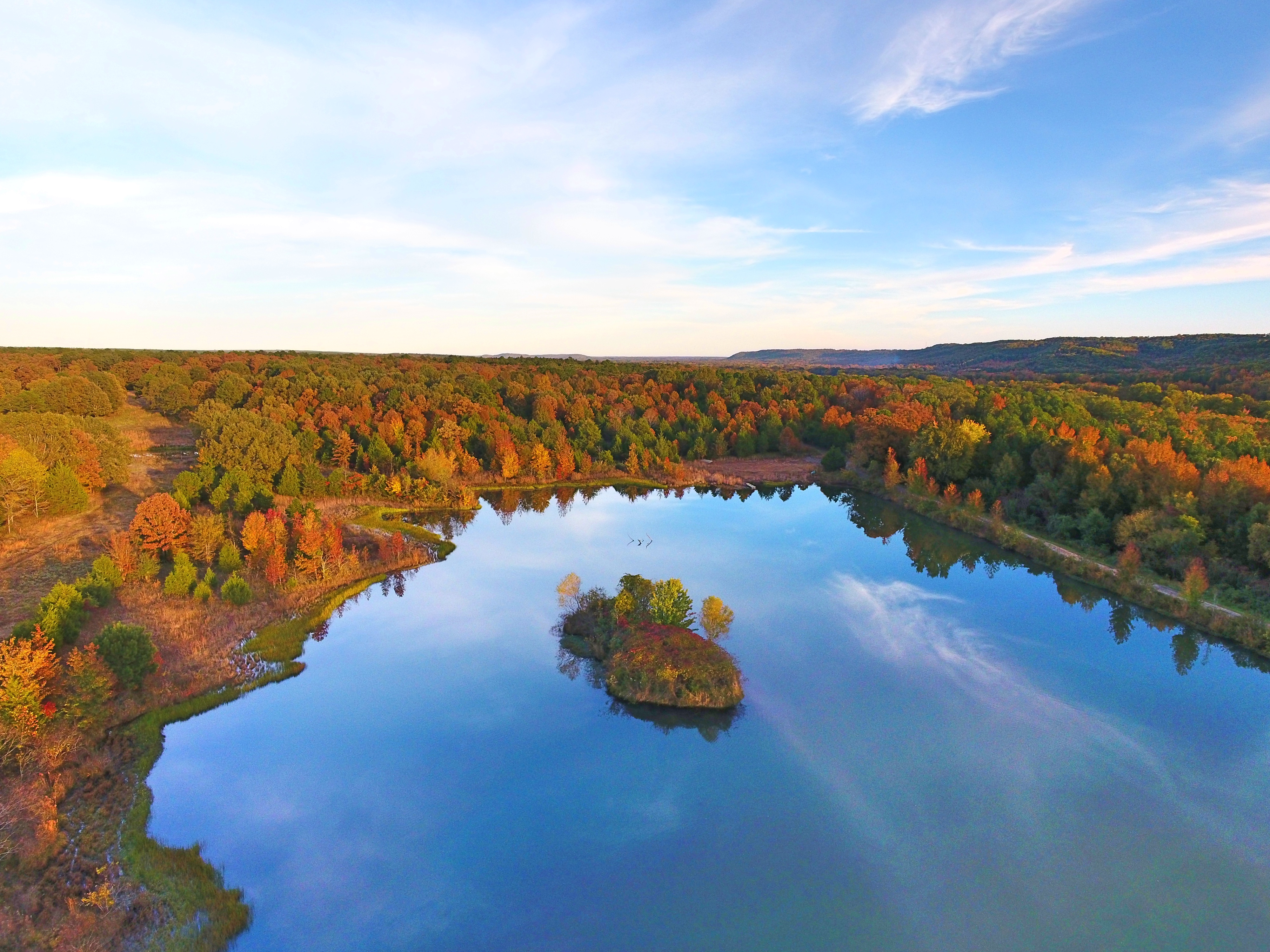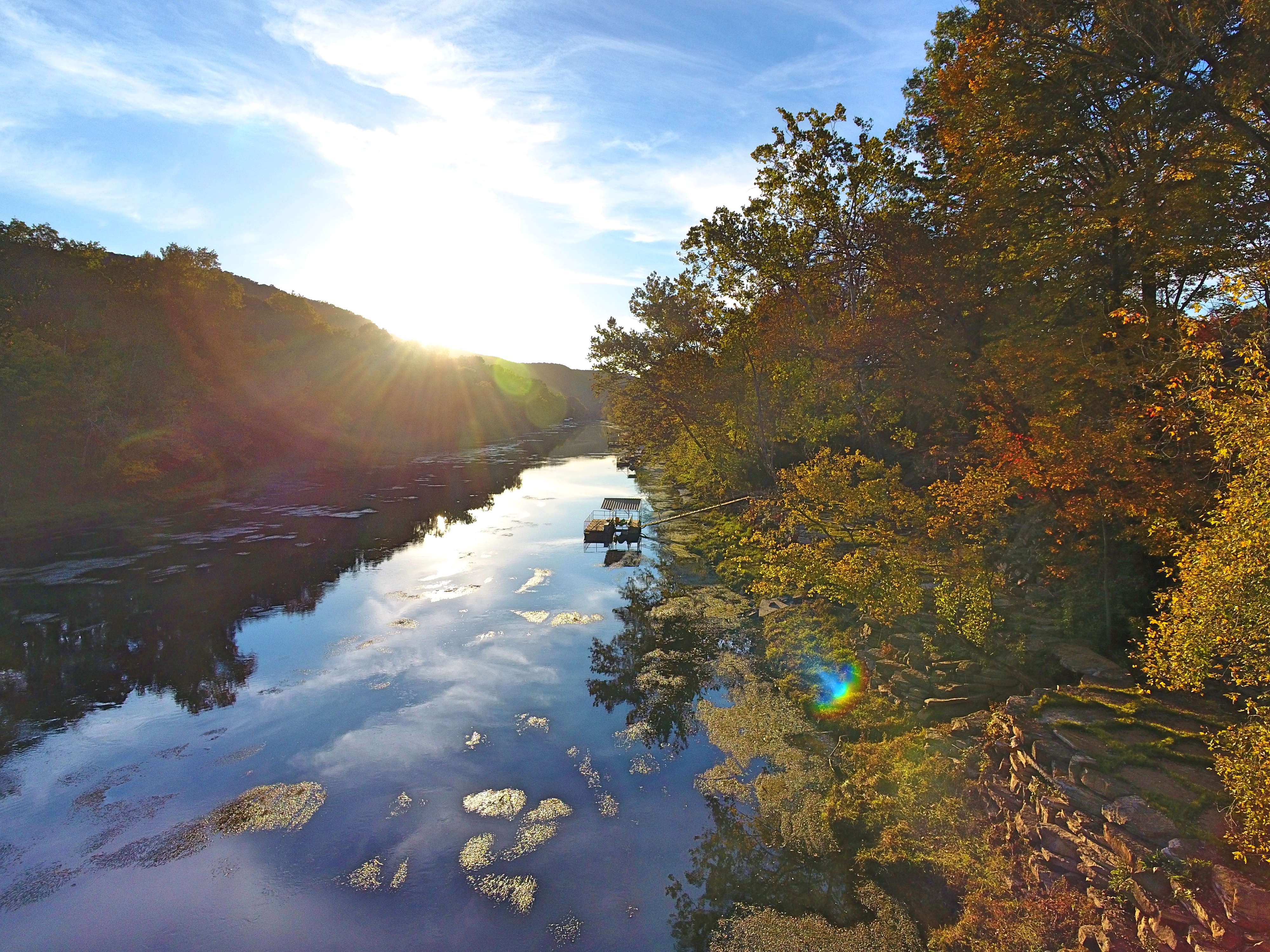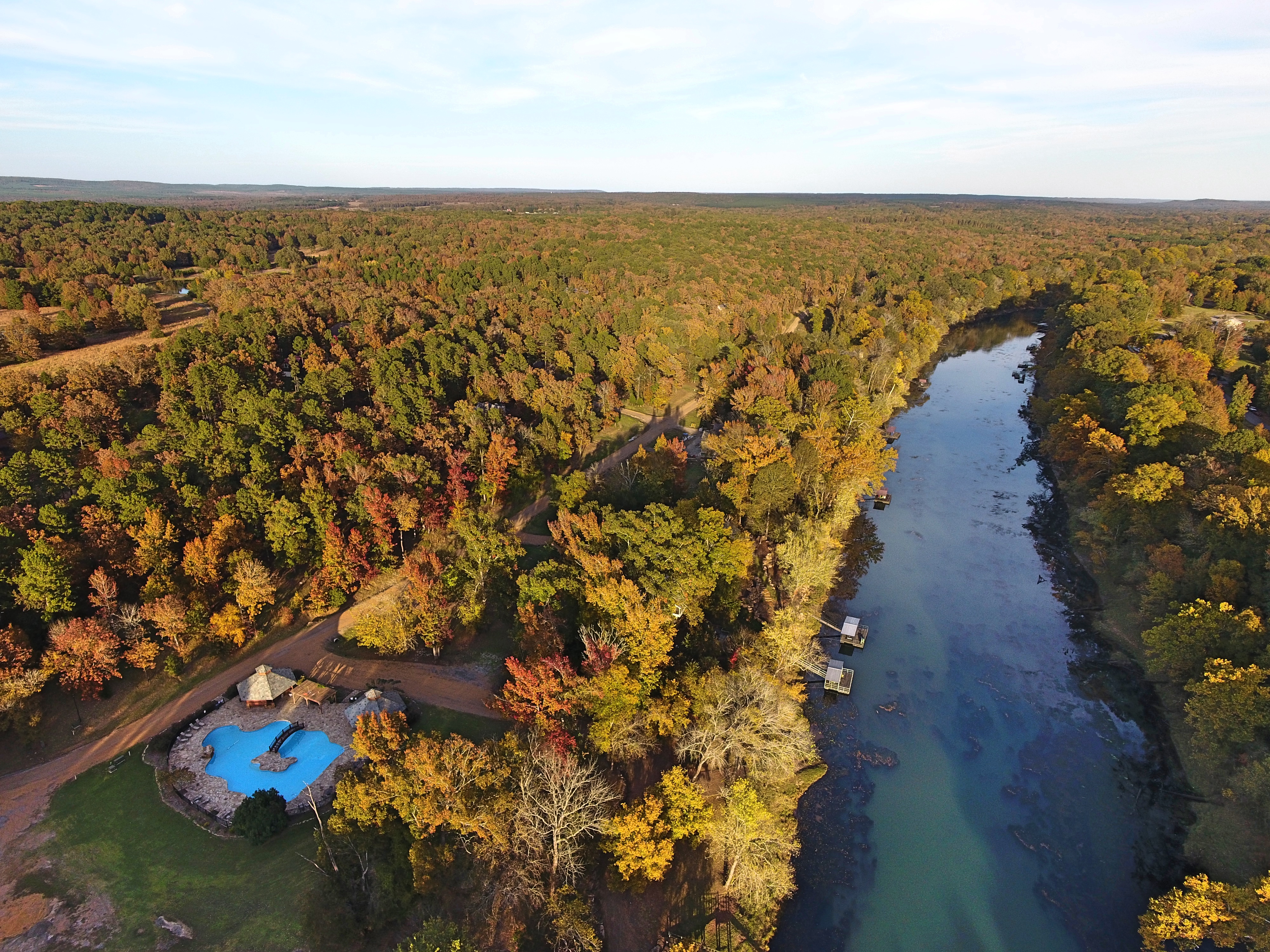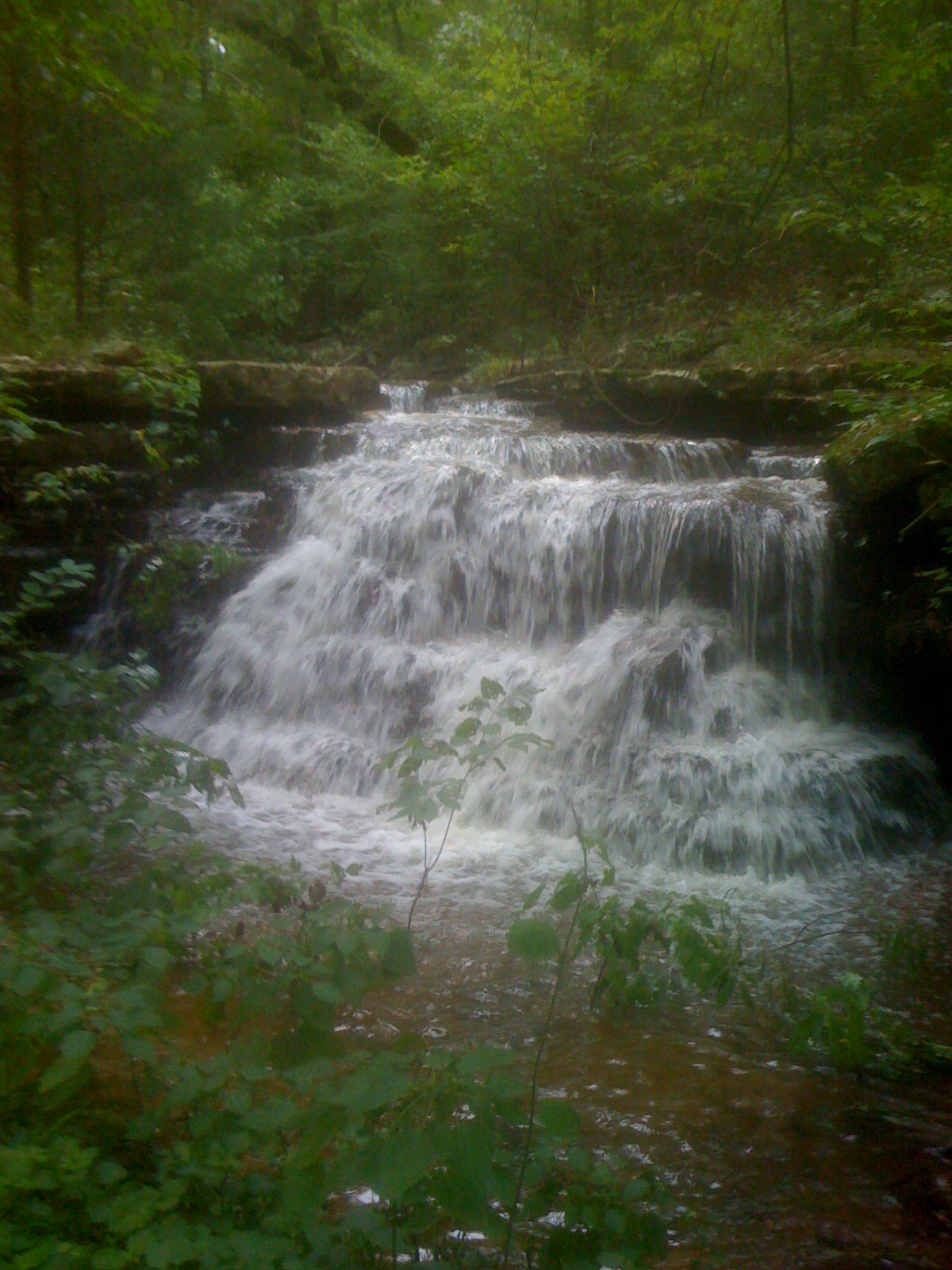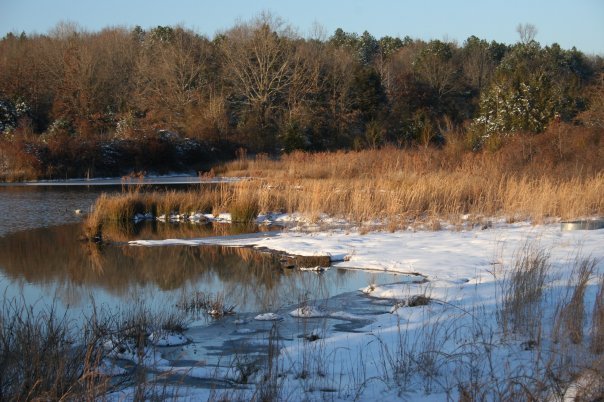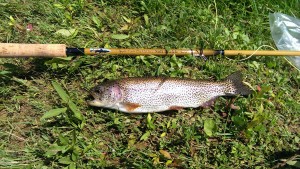
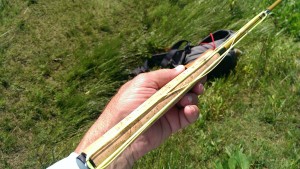
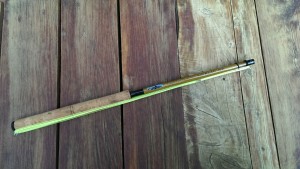
I first had an opportunity to try Tenkara fly fishing last fall when my friend Mike Thompson loaned me a prototype of the rod that the outdoors equipment company, Patagonia, intended to put into their catalog. Mike is Patagonia’s representative in this part of the world, a long time fishing buddy of mine and someone who has a lot of input on Patagonia’s fly fishing line of product. We rigged the rod up at the Yellow Canoe Hole on the Little Red River and the pretty little rainbow trout and I were both hooked.
Tenkara (rough translation: “from the sky”) is a traditional Japanese form of fly fishing that boils the sport down to it’s essence. This is a stick and a string. It bridges the gap between a bamboo “pole” and an $800.00 carbon fiber fly rod with a machined bar stock, drag equipped reel and $80 worth of weight-forward floating line, leader and tippet.
Modern Tenkara rods like the Patagonia branded models (made for them by Temple Fork Outfitters) are carbon fiber and are telescoping. I just received my very own. Mine is a 10′ 6” model designated “Soft Hackle”. It collapses into a package about 20” long that will strap onto a day pack, behind a saddle on your horse or the top tube of a mountain bike. A line holder is built on to the rod so it takes less than a minute to extend the rod and make it ready to fish. Patagonia sells it as rod only (comes with a spare tip and soft case) or in a set with line, leader, flies and a copy of Yvon Chouinard’s new book, Simple Fly Fishing. Mine came as rod only so I had to do a little research about rigging.
Lines for Tenkara are quite varied, from furled (braided) mono to hard single-strand mono to titanium, to something that looks like conventional fly line. I was due to put a new line on my son’s 4 weight rod so I stripped off his old line and picked the 20′ or so of running line (the end away from the fly that is usually wound up on the reel) that was in pretty good shape.
I referred to a short video that Patagonia put on Youtube for a little rigging help, titled Tenkara Rod Quick Setup Guide:
https://www.youtube.com/watch?v=CMwNLB6DOoQ
Two easy knots, one fixed loop on the fishy end for a loop-to-loop leader connection and one sliding loop that attaches to the tip of the rod via a short section of braided cord referred to as the “lillian”. Length of line can vary depending on conditions but I thought 20′ sounded about like what I had used on Mike’s rod. I terminated with a conventional 9′ 5X tapered leader and tied on a generic sow-bug colored soft hackle fly.
I see two sets of anglers that Tenkara will appeal to the most:
The Expert—If you have been there, done that, have all the T shirts in fly fishing and want to try something that will challenge you, Tenkara will fill that need. Forget about double-hauls, tight loops and all of the esoterica of the sport. This will put fishing back into your brain. Without going all Zen on you, Tenkara done correctly requires presence. It will cause you to focus on the moment, the water and the fly instead of wondering if you left the oven on or if your investment portfolio is up to snuff. The easy way to do this is cold turkey. Sounds harsh but just leave the Abel/Sage/Winston/Ross/Orvis/Scott at home. Withdrawals are generally mild, about like a moderate head cold, over in a weekend.
The Beginner—If you think you want to fly fish and are intimidated by all the numbers, line weights, rod weight and length, leaders, tippets, 10 different kinds of casts, tailing loops and all the other scary stuff, relax. Tenkara is, as Yvon named the book, Simple Fly Fishing. It really is a stick and a string. There is no reel. There are a couple of casts that are about as simple as picking it up and putting it down. There are about four fly patterns that will work just great, easy to tie or readily available at any fly shop.
Casting, in my humble opinion, can be limited to a very simple pick up, hesitate for a one-count, lay it down. Make a false cast if you need to change direction. The humble but extremely useful roll cast is a close second. You’re not gonna believe this but, that’s my chapter on casting.
Most fishing is classic wet-fly fishing, thus the soft-hackle family of flies move into preferred placement. Cast across current, keep the rod tip up at 45 degrees or so and let it swing. At the end of the swing, bring the tip up with a few tiny twitches. The fly imitates an emerging insect that has come off the bottom and is rising to the surface to fly away. This is when the insect is most vulnerable and something that trout look for. Let the fly trail in the current with a few up and down motions with the rod tip. That keeps it exposed a bit longer. Pick up and cast again.
If you’ve been waiting for me to get to the tricky part, it’s landing. There is no reel and the line is fixed to the tip of the rod. Bring the rod past you, in other words point it up and away from the fish. Grab the line and tuck the rod under your arm. Playing a strong fish on a small leader by hand is definitely a challenge. Normally the tip of the rod absorbs the shock and protects the hair-like tippet that is tied to the fly. Now you have to learn to feel how much load is on the line. A big strong fish will break off if you don’t give a little and ease it in. I have not used a net in a while but here it is somewhere between handy and essential.
I am certainly not ready to dump my traditional Euro-American fly fishing kit and devote my angling life to Tenkara, but it is fun. It’s a new challenge and it has re-engaged my brain when I am on the water. I like the simplicity and it occurred to me that a section of line, a leader and a few flies would be a great survival kit in my car or back pack. Add a long slender stick and you’re equipped. The Little Red at low water has numerous spots that lend themselves to Tenkara, as do almost all mountain streams in the Ozarks and Ouachitas. A nice smallmouth or green sunfish on a Tenkara rod should be a hoot.
Search “Patagonia Tenkara” on Youtube for a number of videos on technique. You can also see additional videos and product info at patagonia.com. There are endless videos and materials from other sources as well. Easy Fly Fishing says it all.
Despite it’s rapid acceptance and surging popularity in the US and Europe, several advocates of traditional fly fishing, most notably Lefty Kreh, have proclaimed Tenkara to be a fad. You know, like the Beatles, texting or faded denim.

